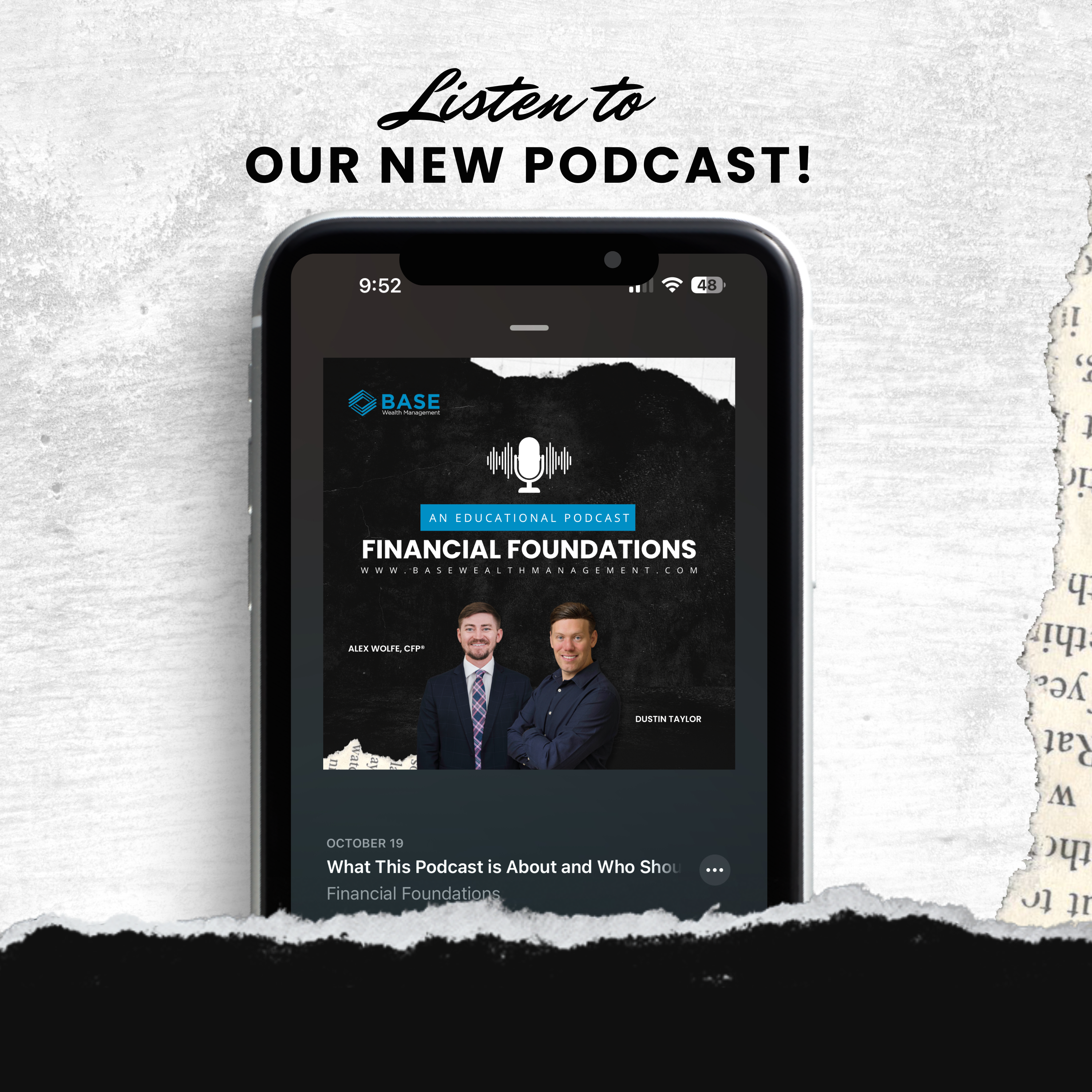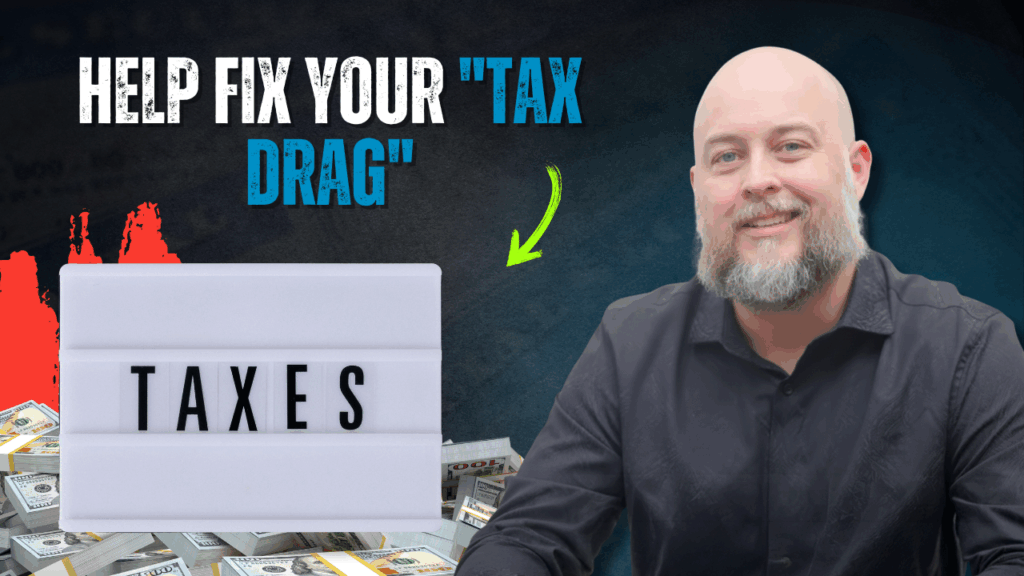Fed Rate Cut Likely as Shutdown Risks Mount
Markets are now fully pricing in a Federal Reserve rate cut in October, as the U.S. government shutdown raises economic risks and delays critical labor data. Analysts believe the Fed will lean toward easing policy to offset potential damage from furloughs, delayed reports, and labor market softening, especially with Chair Powell favoring a cautious, risk-management approach. While some officials remain concerned about inflation, most see recent pressures as temporary and not a barrier to further cuts. Without timely job data, the Fed may proceed with cuts regardless, with December also likely to bring additional easing.
Consumer Confidence Slips Amid Shutdown and Labor Market Uncertainty
Consumer confidence fell in September to its lowest level since April, driven by concerns over a potential government shutdown and weakening perceptions of job availability. The Conference Board’s index dropped to 94.2, with the “present situation” index hitting a one-year low and consumer sentiment on business conditions turning more negative. Labor data from the Bureau of Labor Statistics showed a slight rise in job openings, but overall hiring and quits slowed, signaling reduced worker confidence. With markets anticipating Fed rate cuts by year-end, officials remain cautious, citing risks of further labor market softening.
Stocks Power Consumer Spending, But Growth Rests on Uneven Ground
Stronger-than-expected consumer spending and income gains in August, alongside a surprise GDP revision and surging home sales, painted a surprisingly resilient picture of the U.S. economy this week. Much of the momentum is being driven by the stock market’s continued climb, fueling a “wealth effect” among higher-income households and boosting spending. However, this growth is uneven—consumer sentiment has dropped sharply among those without market exposure, and economists warn that the economy remains vulnerable if markets stumble. Despite persistent inflation, the Fed remains on track for rate cuts, supported by data showing stable consumer demand and a labor market that, while sluggish, has yet to deteriorate sharply.


















